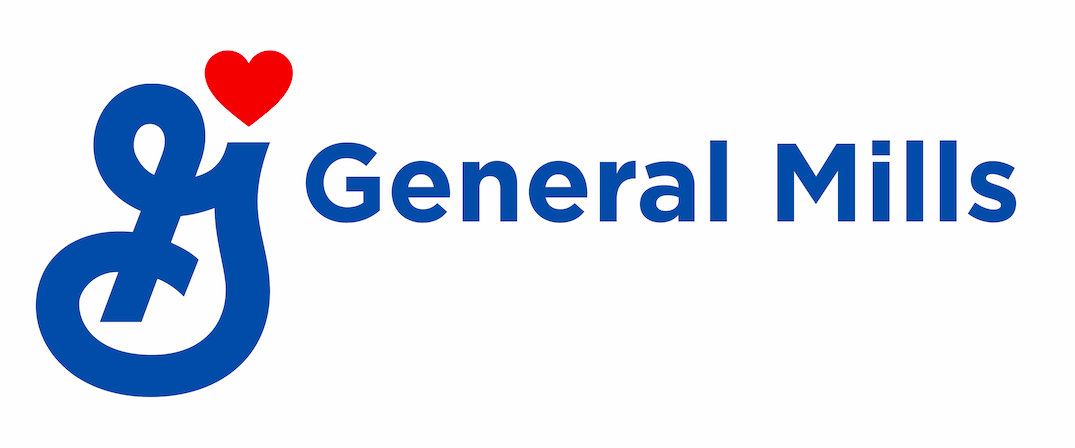The Great Corn Rescue
The swift work of industry partners helped rescue 600,000 pounds of sweet corn for food banks
by Steve Peterson
The swift work of industry partners helped rescue 600,000 pounds of sweet corn that was transformed into 465,000 meals eaten by people in 10 states, reported the Star Tribune this week.
The rescue was made possible by General Mills and industry partners Cargill, SuperValu, Seneca Foods and nonprofit Second Harvest Heartland.
General Mills was the catalyst for this first-of-its-kind agricultural surplus initiative in Minnesota. Our expertise and deep connections in supply chain were instrumental in bringing together the key partners that would play a critical role in the surplus crop recovery.
In this video, Ellie Lucas, chief campaign officer for Hunger Free Minnesota, explains how the pilot came together to be such a success.
Food Waste sent to landfill is the biggest opportunity for our industries to address hunger in America and our environmental footprint.
General Mills is at the forefront of this issue and is the co-chair (along with Publix Supermarkets) of the Food Waste Reduction Alliance.
What we’re doing is keeping food out of landfills, which saves us money and gets food to hungry people.
Food waste is a triple bottom line issue that affects people, profits and the planet.
Nearly 80 billion pounds of food waste are sent to landfill every year in the U.S. That is enough to meet the needs of every hungry American. Food that’s trashed bypasses hungry Americans. On any given day, 50 million Americans – that’s one in six Americans and one in three children – are hungry.
One can see why fighting hunger is a top priority for a global food company like General Mills. I’m proud to say we’re consistently ranked among the top five contributors of food in the U.S
What’s more, food waste has a dramatic impact on the environment. Food waste in landfills creates methane gas, which is a greenhouse gas 20 times more potent than carbon dioxide.
Eliminating waste from our operations is a key sustainability goal for General Mills. We continue to reduce our solid waste stream by improving efficiencies in our manufacturing operations to avoid generating the waste. We also reduce the amount of waste that is sent to landfills, including food waste.
At General Mills, our employees are championing food rescue efforts that are making a true difference in our mission to fight hunger and nourish lives.
From promotional cereal boxes and snack bars to ingredients like flour and chocolate chips, we’re continuously looking for opportunities within our supply chain to rescue food from landfill and donate it to food shelves.
For example, an employee at our Belvedere plant saved a surplus of pineapple pouches, which were intended for Wanchai Ferry frozen dinner kits. Instead of destroying the perfectly good pineapple, it was donated to Feeding America.
As another example, we redirected nine truckloads of excess promotional cereal boxes that were developed for one of our customers from landfill to donation.
General Mills is proud to be a member of Hunger Free Minnesota, a three-year initiative with the goal of sustainably adding 100 million meals annually for hungry children and adults in the state. The company has pledged $1 million in financial support which will be used to fund initiatives that will expand existing programs and increase efficiencies within the emergency food system, the Minnesota Food Support Program and Child Nutrition Programs.
_________________________________
Steve Peterson is the director of Sourcing Sustainability at General Mills, based in Minneapolis, Minn. He has held many roles in collaborative manufacturing and sourcing with the company, beginning with Pillsbury in 1987.

